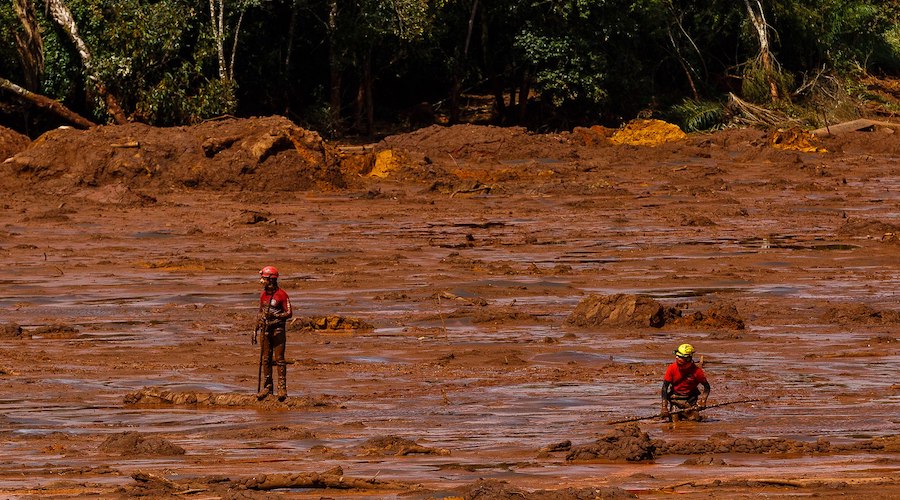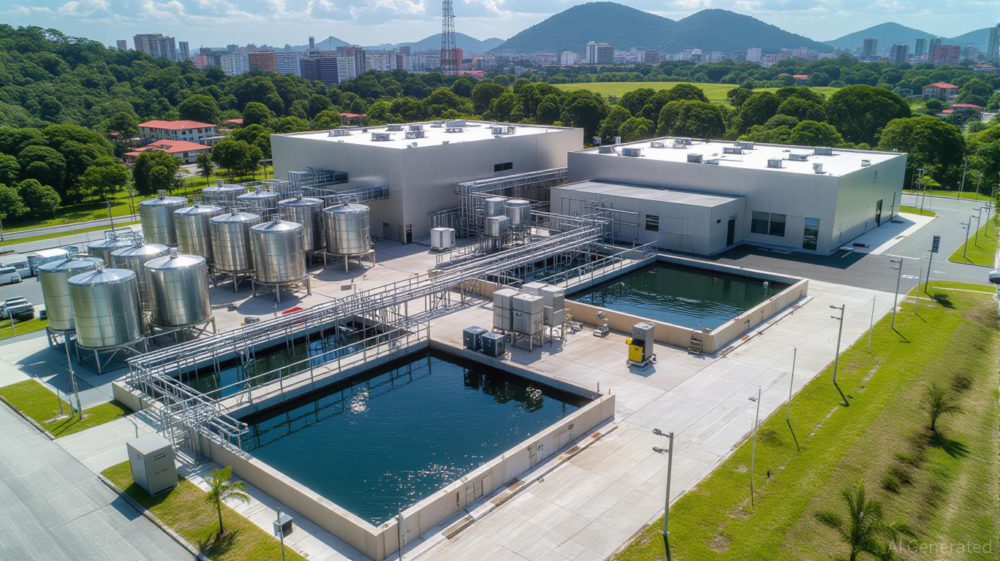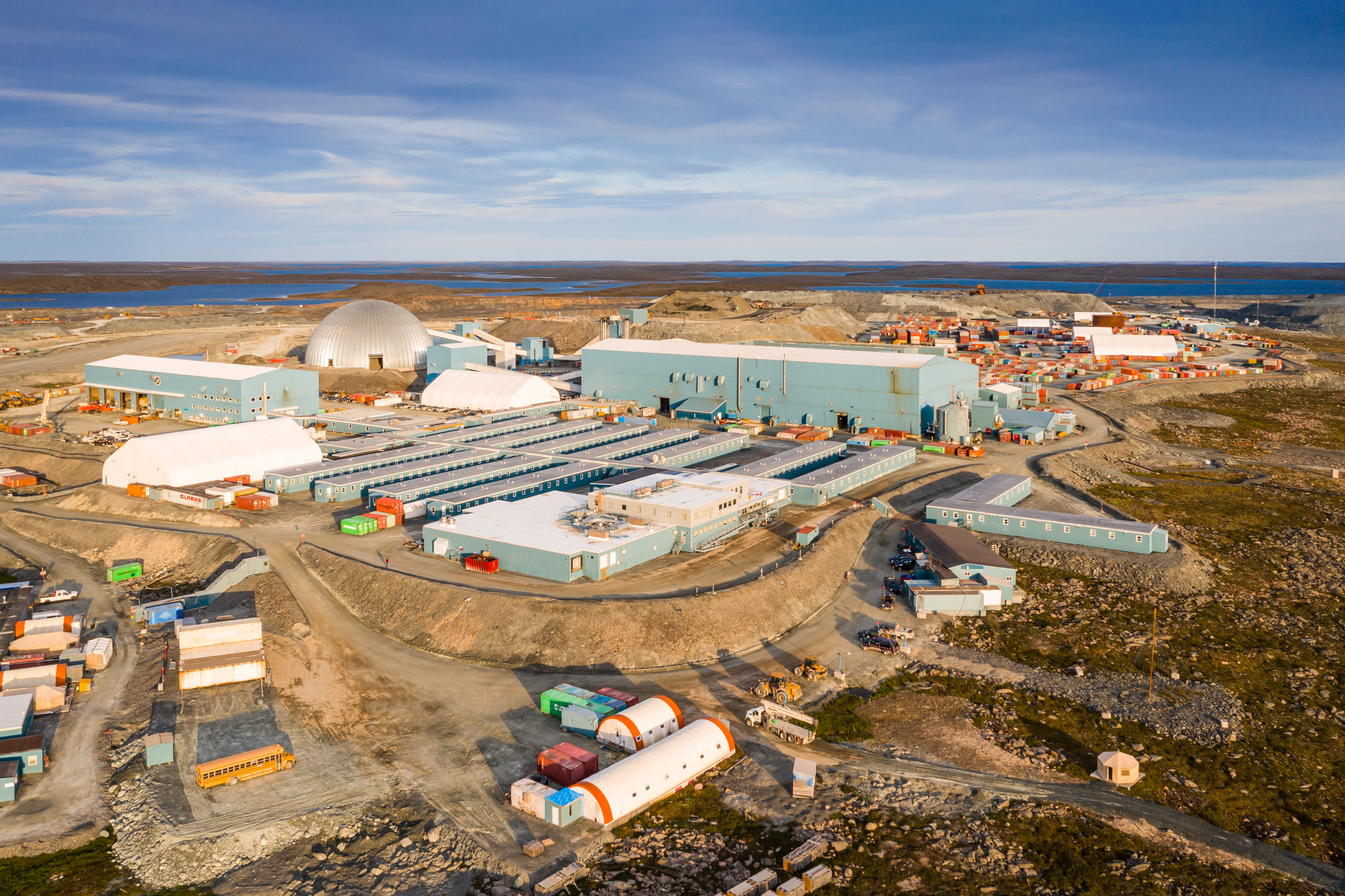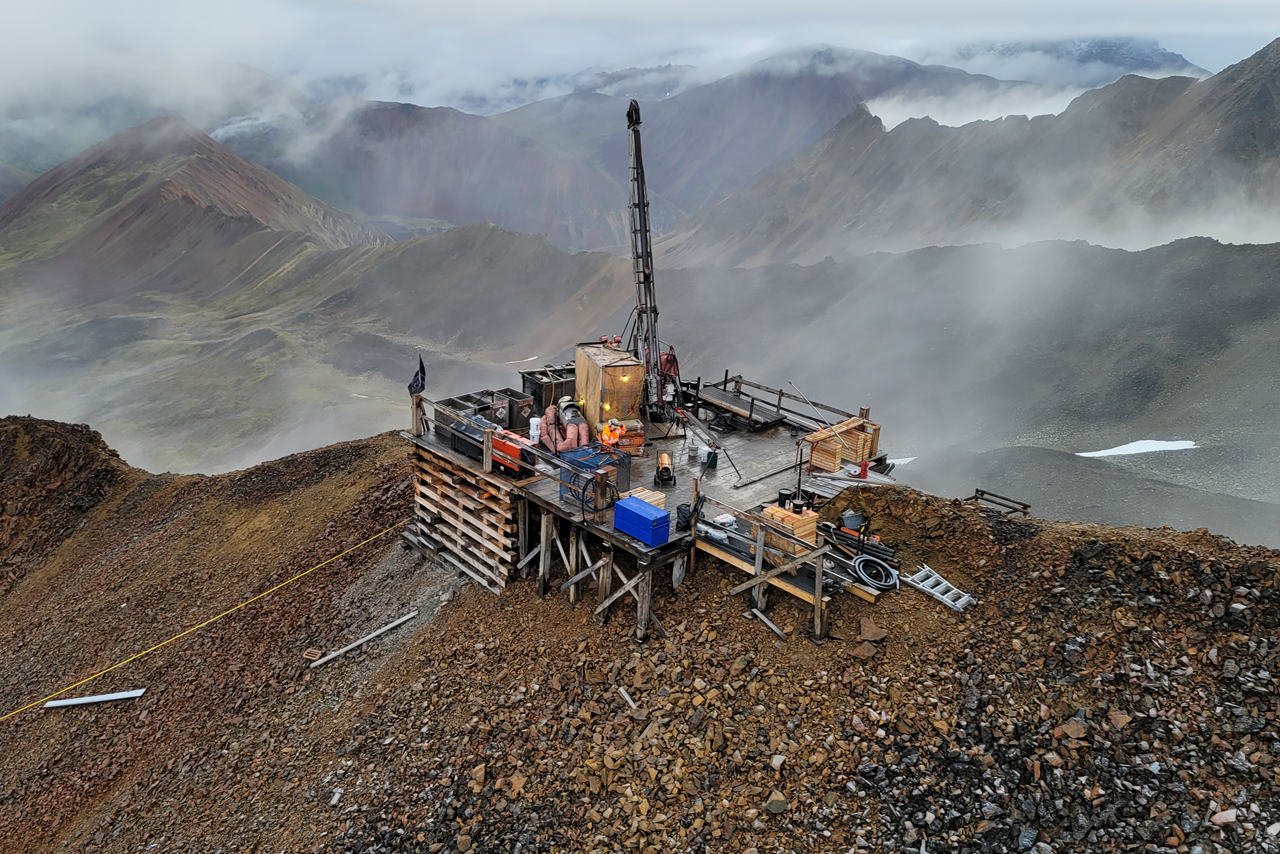The article explains that the tailings pond was built in 1976. Over the following years, its earth dam was raised several times by a few metres, as is customary in ore mining, to create additional space for the storage of residues. The dam’s steps were placed with an offset on top of each other, much like the steps of a staircase. Ultimately, the dam consisted of 10 steps and was 86 metres tall. When the structure failed, the initial rupture occurred at the second dam level. As a result, all 10 steps of the earth dam collapsed and, together with the liquefied accumulated tailings, ran out down into the valley as a mudslide.
According to the new findings, some initial slip surfaces had already appeared at the height of the second step during the dam’s construction. With the progress of construction, these slip surfaces increased in length but remained too short to cause a collapse. However, after the tailings dam was decommissioned in 2016, these surfaces continued to expand horizontally and eventually reached a critical length. As a result, the layers of tailings began to move, causing the dam to burst under their weight.
The numerical and analytical models employed by the researchers show that what caused the slip surface to grow is known as creep deformation. These deformations in the fine-grained, brittle tailings are tiny, slowly accumulating displacements caused by uneven pressure distribution between the grains in the overlying deposits.
“Other triggers such as rainfall and drilling can accelerate slip surface growth,” head researcher Alexander Puzrin said in a media statement. “But our model shows that creep deformation alone is sufficient for the slip surface to reach the critical extent that can trigger a dam failure.”
Worrying findings
In Puzrin’s view, the findings are worrying in two respects: the slip surface that caused the disaster apparently grew at a time when the pond was no longer being loaded with new tailings – in other words, without any additional external load – and the growth of the slip surface did not lead to any significant external deformation of the dam that the monitoring system could have recognized as alarming.
The ETH study also shows that no longer loading a pond with new tailings may not avert the danger, as expected by the Brazilian government with its decision to decommission upstream tailings dams following the Brumadinho disaster.
The paper, however, opens up new options.
“Our model can carry out a risk analysis for existing dams and predict the likelihood of a dam failure,” Puzrin said.
The expert pointed out that the risk can be reduced by pumping the water from the boreholes in the tailings ponds. Or the tailings dam can be dismantled. In urgent cases, endangered villages can be temporarily evacuated to protect the inhabitants until the danger has been averted.
“Our findings provide an indication of how to further improve the safety of earth dams in the event of an earthquake, which can generate an initial slip surface. In this respect, our work helps to make dams safer in general,” the researcher said.




